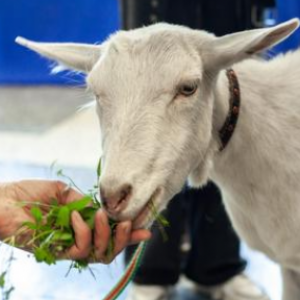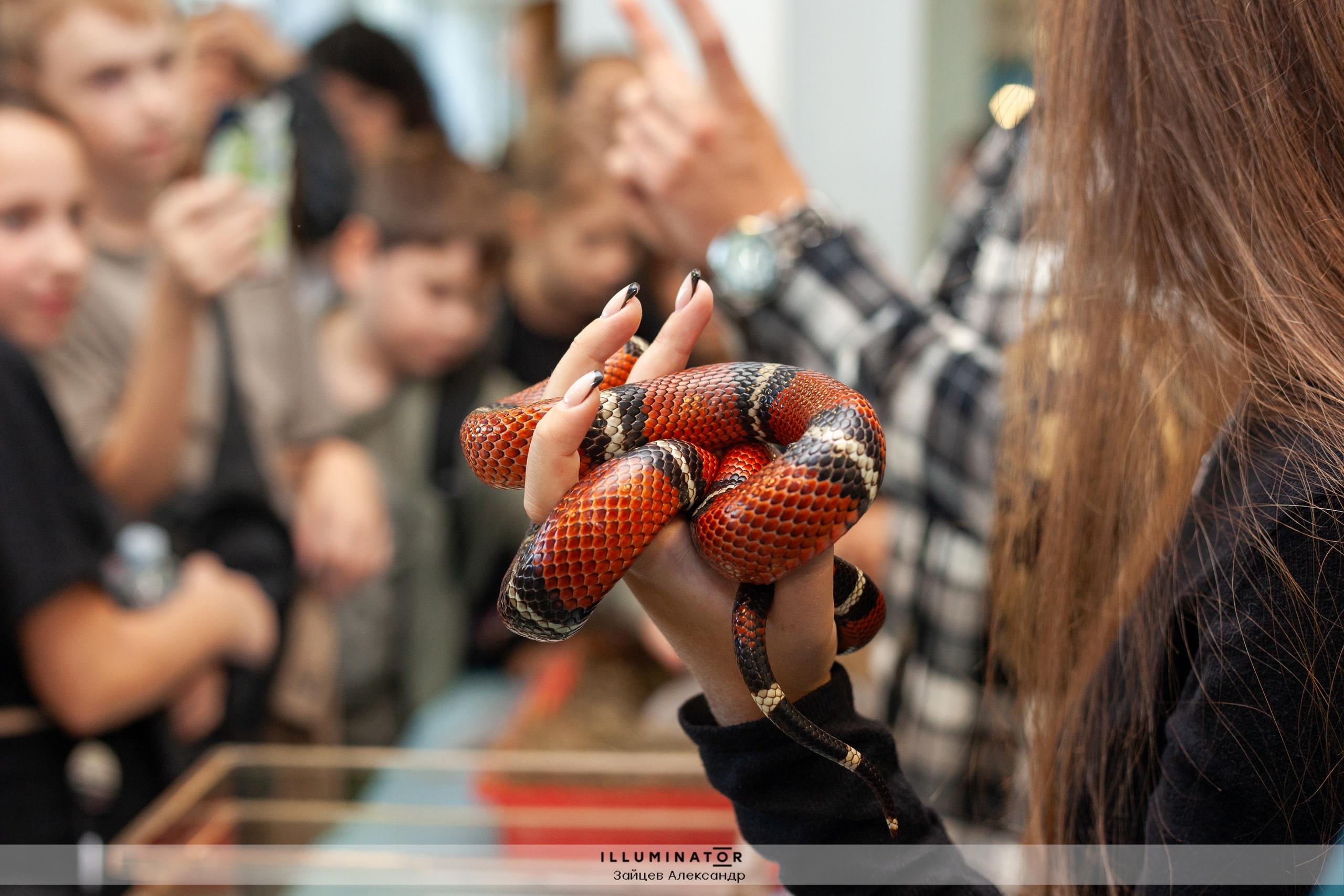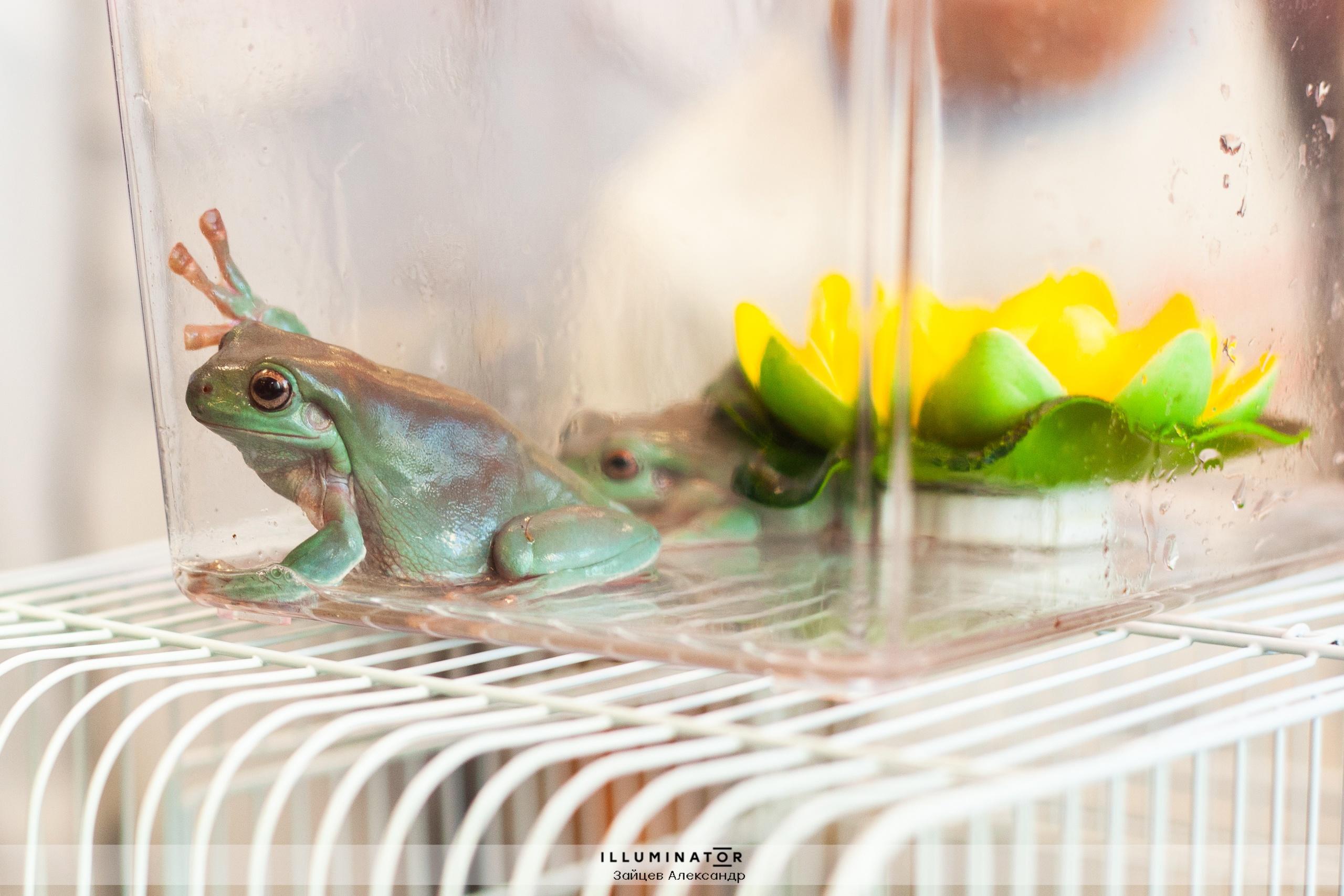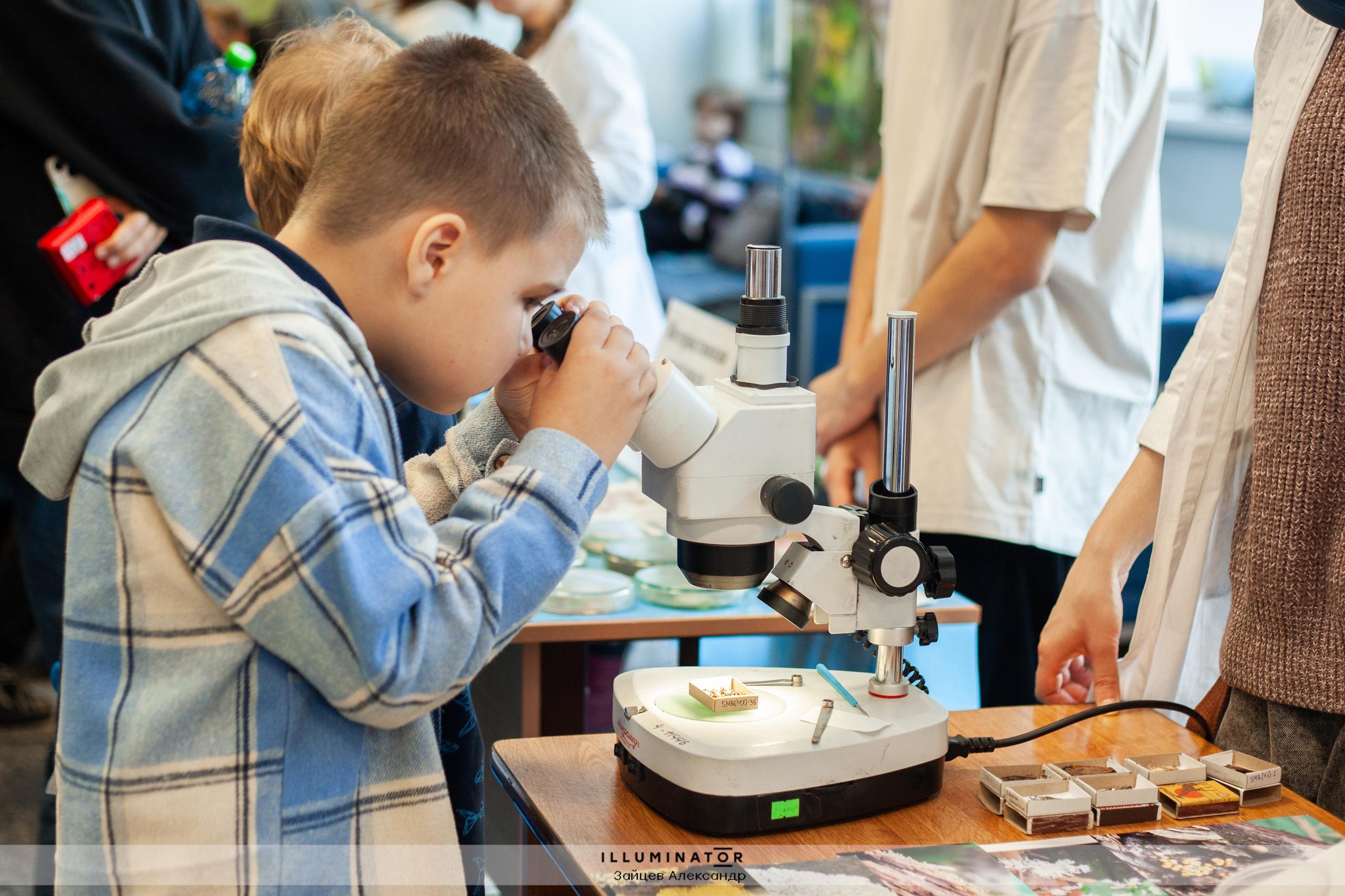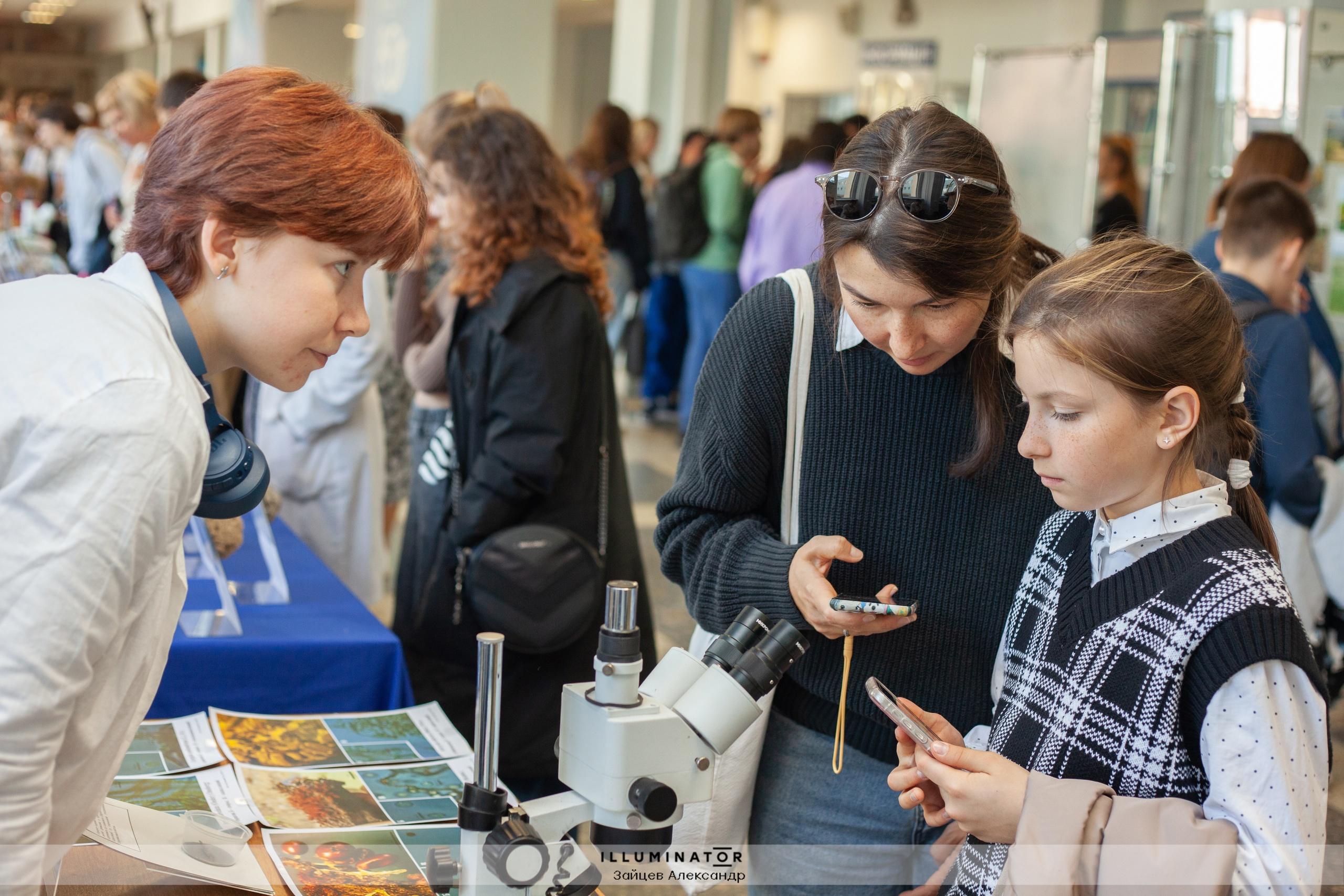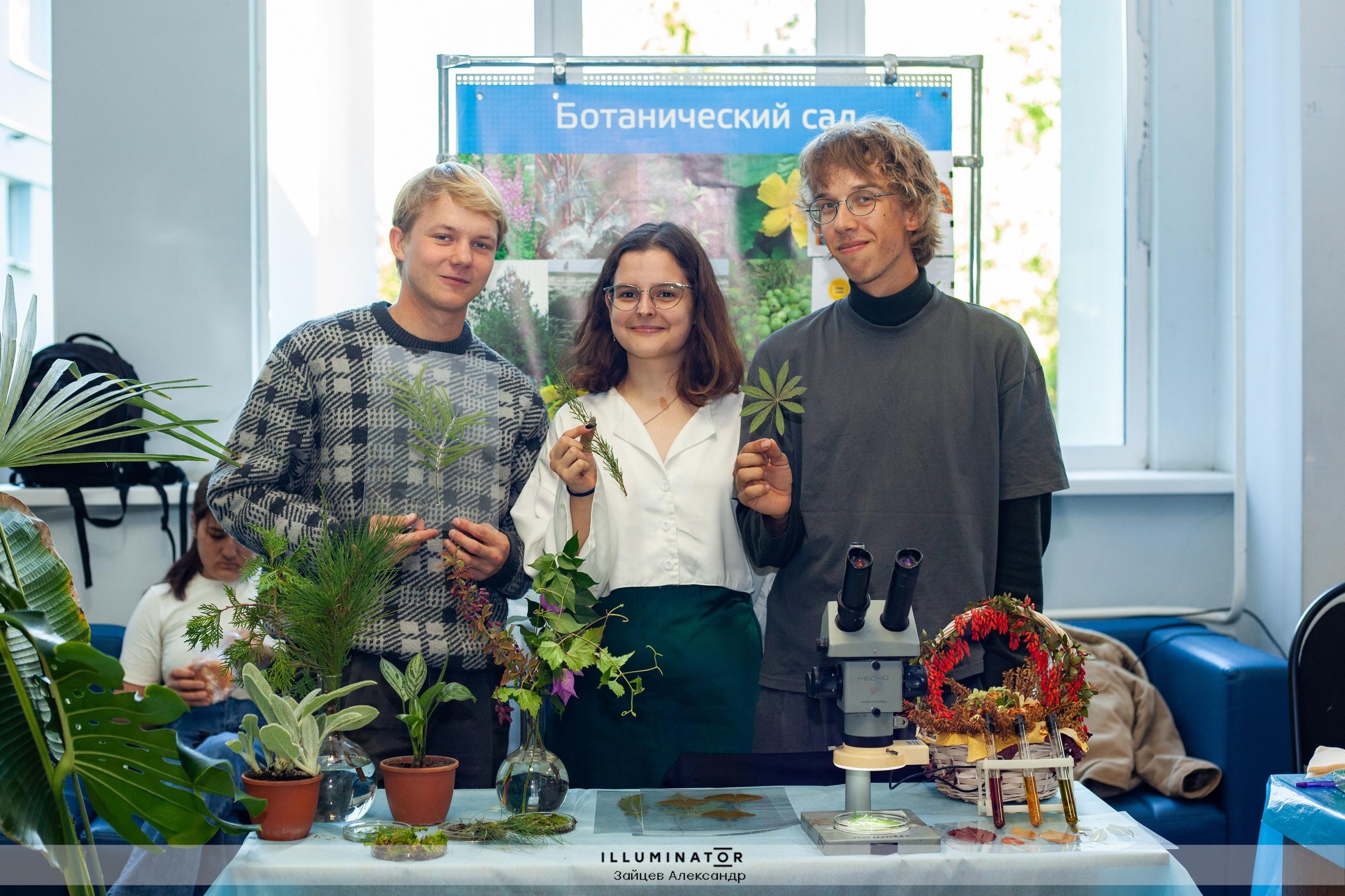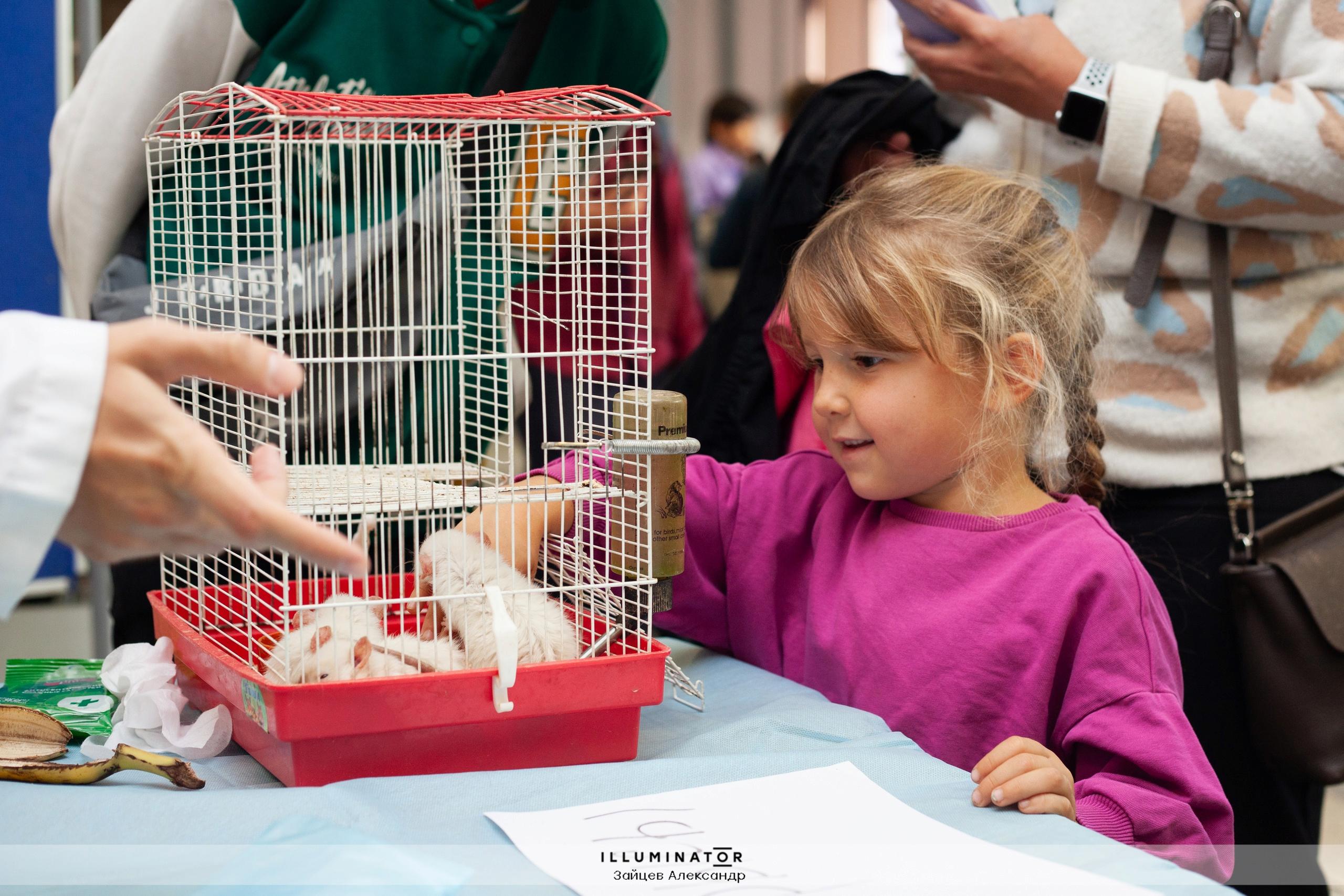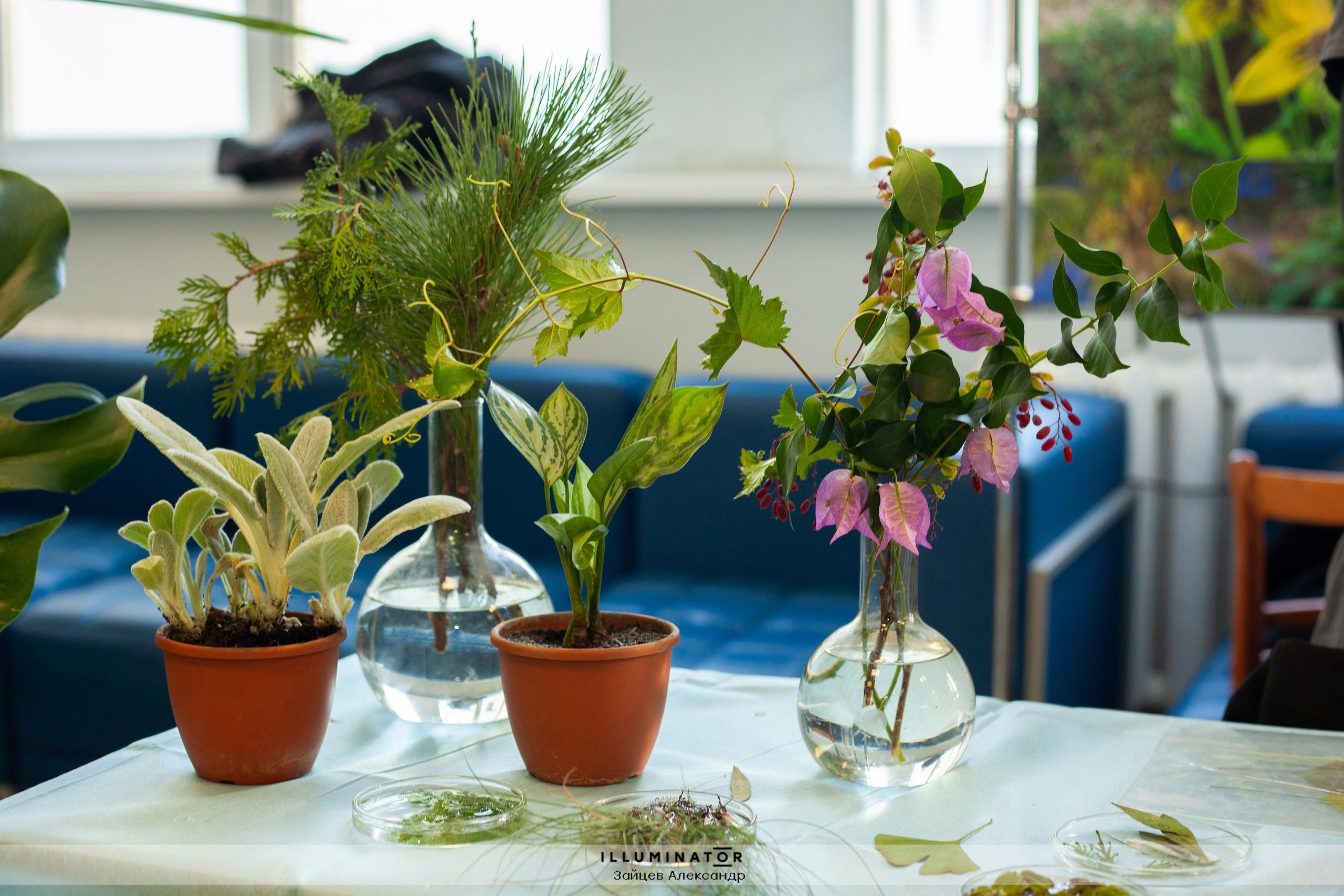On September 27, Samara University hosted a magnificent celebration – Biologist’s Day! The event was attended by over 1,000 people. And this is not surprising. After all, all living things we meet on our planet are studied by biology, one of the most interesting and mysterious sciences! The Faculty of Biology was represented by three departments: The Department of Ecology, Botany and Nature Protection, the Department of Biochemistry, Biotechnology and Bioengineering, and the Department of Human and Animal Physiology.
Exhibitions organized by the Department of Ecology, Botany and Nature Protection were quite traditional. For 12 years, since the very beginning of the festival movement at the University, lichens and mosses have been an invariable attribute. The exhibition “Useful Properties of Lichens and Mosses” was dedicated to them. Visitors to the exhibition were able to find out how lichens differ from mosses, and how they can be used for practical purposes, as well as see more than 50 herbarium samples of these organisms, including those stabilized in glycerin for the purpose of avoiding their damage. Particularly rare species could be seen at the exhibition “On the Pages of the Red Data Book”.
The exhibition was interactive due to the opportunity to view the species magnified by the binocular stereoscopic microscope. Everyone especially liked how Syntrichia moss came back to life when moistened.
Visitors to the exhibitions also learned how many amphibian and reptile species live in the Samara Region. All the species live in various biotopes and occupy different ecological niches. At this Biologist’s Day, it was possible to find out that many of the amphibians and reptiles are on the pages of the Red Data Book of the Samara Region, and one species is listed in the Red Data Book of the Russian Federation. Main reasons for the decline in the number of these species are reduction of their habitats, the irrational use of biological resources, as well as cutback of natural biotopes.
The exhibition “Microbial Community: Who’s there” was one of the most popular. Guests of the event were able to learn interesting facts about microorganisms, the history of exploring microbiology, try themselves as a microbiologist and practice preparation and special coloring of microbiological smears, and also assess resistance of microbial cultures to antibiotics. The biochemistry students also demonstrated qualitative reactions for identifying proteins, sugars and vitamins, as well as the spectacular experiment with DNA extraction from plant samples.
Students of the Department of Human and Animal Physiology have developed the test “What kind of rat are you?”, and even brought several laboratory rats to the event, for illustration purposes. Visitors could also find out their blood pressure, muscle strength and blood oxygen saturation.
Invited guests traditionally were employees and residents of the Samara Zoo! Aleksandr Kuzovenko, Chief Zoo Technician of the Samara Zoo, talked with great pleasure about inhabitants of the Zoo, as well as about interesting facts from the world of zoology. Visitors to the exhibitions were offered to hold a turtle, a hedgehog, pet a big cute rabbit and even hang a snake around the neck. Of course, we cannot imagine celebrating the holiday of the Faculty of Biology without the goat that was happy to participate in taking pictures with visitors.
The unique guests of the exhibition were “Letuchie Myshi” (Bats). Ekaterina Devyatova, Director of the Samara Region’s Branch of the Interregional Public Organization for Protection and Study of Bats, told the visitors about the species diversity of these amazing animals and their rehabilitation features. She spoke why they needed to be saved, about their usefulness for humanity and their vulnerability. The visitors were able to watch with their own eyes the bats that live in the city (common noctule, parti-coloured bat, Mediterranean bat, Nathusius’ pipistrelle and Daubenton’s bat) and make sure that bats are not scary at all, but rather cute.
The Department of Zoology and Animal Husbandry brought to the exhibition a white decorative rabbit, quails of two species (royal pharaoh and silver fairy albino), Angora hamsters and blue Australian tree frogs. Maria Kolosovskaya, an employee of the Centre, not only explained how to properly keep these species, but also spoke in detail about responsible attitude towards animals.
Representatives of “Strizhi Samary” (Samara Swifts) also attended the Biologist’s Day. Natalia Zheleznyakova, a veterinarian for exotic animals, spoke about proper feeding (only with insects) and keeping swifts at home, the peculiarities of releasing these amazing birds into the wild, as well as clearly demonstrated consequences of improper feeding of swifts.
The Department “Plant Growing with Basics of Agriculture and Microbiology”, headed by Natalia Mikhailovna Ivanova, presented the collection of decorative pumpkins, the collection of seeds of agricultural crops, handicrafts from cereal seeds made by children. Dried ears of decorative multicolored corn attracted a lot of attention. Students and schoolchildren were also engaged in a playful way in identifying seeds of agricultural crops and their belonging to various species of cereals. The Department “Floriculture and Landscape Design” presented a floral composition made of plants growing in the territory of the Centre. Besides flowers, rowan berries, physalis fruits, cereals and even eggplants were used for its creation.
One of the long-awaited guests of the biological festival was, of course, Samara University’s Botanic Garden with its exhibition “Leaf as Ordinary Miracle”.
Many of you know that it is only due to plants that life on the Earth is possible. Each leaf is a small laboratory for producing oxygen. Photosynthesis is the main function of a leaf, but why did Nature invent so many types and shapes of leaf blades? Why do leaves differ so significantly in size? Why are some leaves green and others coloured or even white? Why can leaf coloration change in course of their lifetime? Why does leaf fall happen? Answers to these and other questions were given by the staff of the Botanic Garden to the participants in the event. The exhibition also featured live plants and herbarium specimens from the Botanic Garden.
Text: Elena Inyushkina
Photo: Aleksandr Zaitsev, the “Illuminator” Photo Club
 RU
RU  EN
EN  CN
CN  ES
ES 